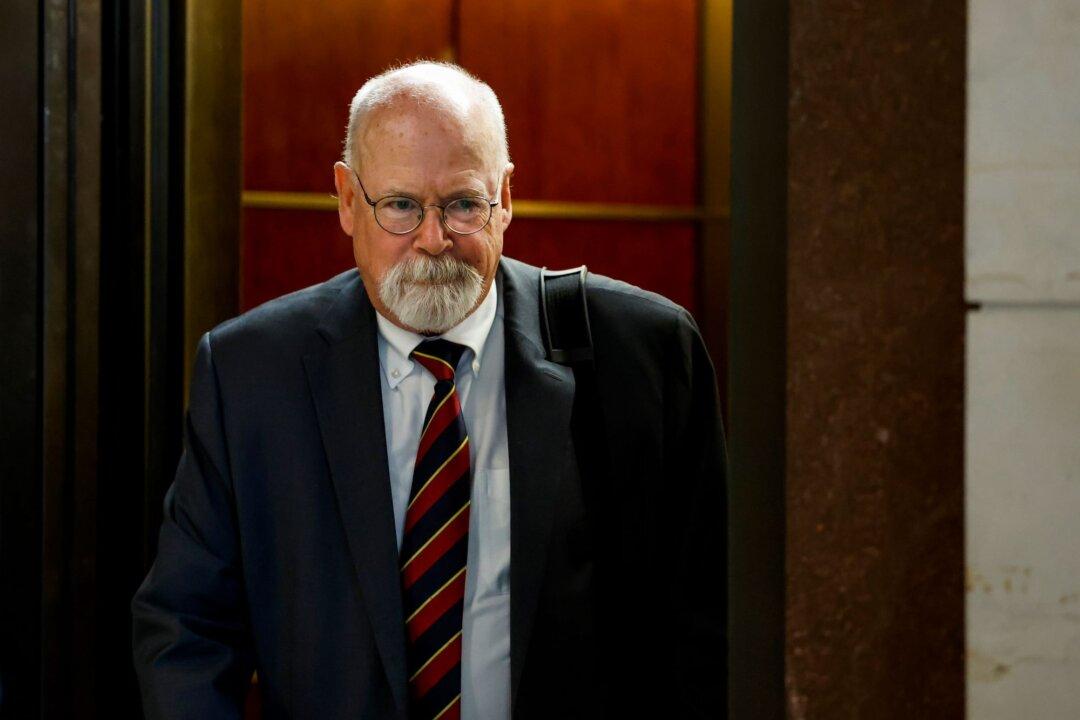NEW YORK—The Landmarks Preservation Commission (LPC) voted on April 16 to expand the Bedford-Stuyvesant and Stuyvesant Heights historic district by 825 buildings.
The new historic district consists mostly of row houses, two-family homes, apartment houses and institutional buildings. The majority of the structures were built in the late 19th century.
Prior to the expansion, the district contained 430 buildings which were landmarked in 1971. The commission held the first public hearing for the proposed expansion in 1993 followed by another in 2011.
“We finally crossed the finish line today, thanks to a great deal of work by the residents, homeowners and leaders of this community,” Commission Chairman Robert B. Tierney stated in a press release.
“We look forward to our continued partnership with them to protect the extraordinary streetscapes of their neighborhood, one of the most renowned in New York City.”
The new area lies within the Bed-Stuy neighborhood in Brooklyn. The area is possibly the first “nicknamed” neighborhood in New York City. Bed-Stuy is also known as “Brownstone Brooklyn” due to the highest concentration of brownstones in the entire city, according to StreetEasy. “The neighborhood of churches” is yet another name for the area, as it contains more than 500 churches, mosques, and synagogues within a mile block radius.
Bed-Stuy was settled by the Dutch in the 17th century. In the 19th and early 20th centuries the neighborhood was inhabited by New Englanders, and immigrants from Ireland and Germany. Starting in the 1930s a large number of Carribean immigrants and African-Americans started moving in. As a result, by 1950s, Bed-Stuy became known as “Brooklyn’s Harlem.”
The area took a major hit during the economic downturn in the 1960s with thousands of properties being abandoned. The situation was turned around with the help of the Bedford-Stuyvesant Restoration Corporation, which was formed in 1967 to create jobs and rehabilitate existing housing.
“Bedford-Stuyvesant I call the antiques road show, but only with houses,” Morgan Munsey, architectural historian and researcher for the Bedford-Stuyvesant Society for Historical Preservation told StreetEasy. “It’s like having a Van Gogh in your attic and not know about it.”
Since its creation in 1965, the LPC has granted landmark status to over 31,000 buildings.




